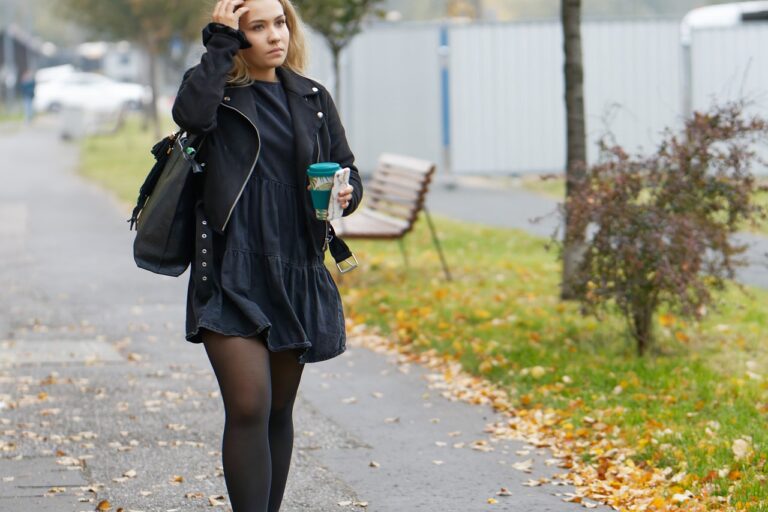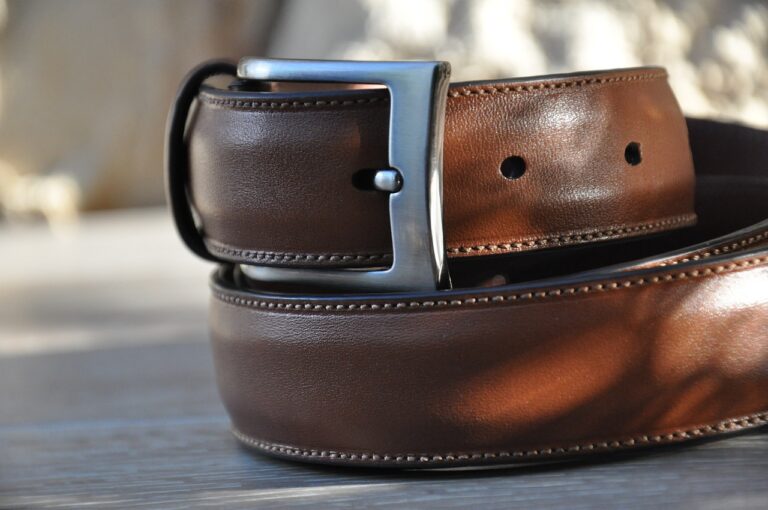From Runway to Retail: How Fashion Shows Drive Consumer Demand
Fashion shows play a crucial role in shaping consumer trends by showcasing the latest designs and styles from top designers. These extravagant events not only highlight the upcoming fashion trends but also create a sense of aspiration and desire among consumers to own and wear these fashionable pieces.
Through the presentation of cutting-edge collections on the runway, fashion shows have the power to influence the way people perceive style and dress. Consumers often look to these shows for inspiration and guidance on what to incorporate into their own wardrobes, leading to the adaptation of runway trends into everyday fashion choices.
The Role of Social Media in Amplifying Fashion Show Impact
Social media platforms have revolutionized the way fashion shows impact consumer trends. With the rise of Instagram, Twitter, and other social channels, fashion designers can now reach a global audience instantaneously. The real-time sharing of runway looks, behind-the-scenes footage, and celebrity sightings during fashion shows allow for a wider reach and engagement with fashion enthusiasts.
The viral nature of social media has amplified the impact of fashion shows, turning once exclusive events into widely accessible spectacles. Fashion brands and designers now have the opportunity to showcase their collections to millions of followers, sparking buzz and excitement that translates into consumer desire. Moreover, social media influencers and bloggers play a crucial role in enhancing the visibility of fashion shows, making them more influential and relevant in shaping consumer trends and preferences.
How Designers Translate Runway Trends to Retail Products
Designers play a crucial role in bridging the gap between runway trends and retail products. Once the fashion show is over, they carefully analyze the key elements that resonated with the audience, such as silhouettes, colors, fabrics, and embellishments. By understanding these trends, designers can begin the process of translating them into wearable pieces that will appeal to consumers.
After identifying the standout trends from the runway, designers collaborate with their teams to adapt these concepts into commercially viable pieces. This process involves tweaking the original designs to make them more practical and marketable for the everyday consumer. From adjusting the sizing and proportions to selecting more affordable materials, designers work tirelessly to ensure that the essence of the runway looks is not lost in translation when it reaches the shelves of retail stores.





